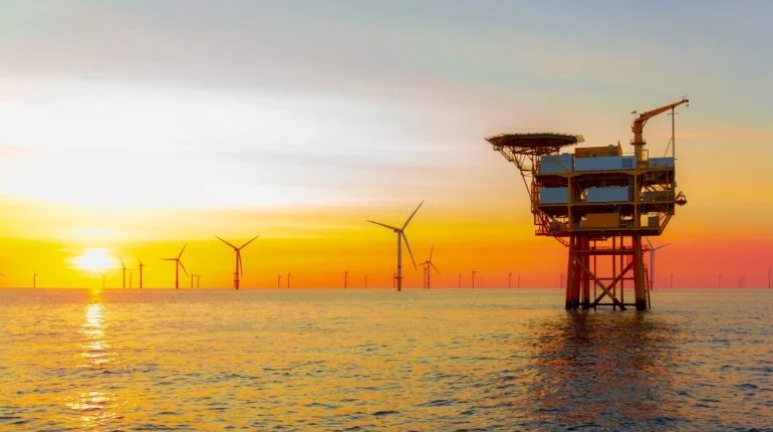
EDF Renewables and Fred Olsen Seawind have announced a 25% reduction in the number of turbines at the 1.3GW Codling wind farm in Ireland.
To be located off the country’s east coast, the wind farm originally featured 100 turbines but now requires between 60 and 75.
Despite the reduction in numbers, the wind farm is expected to generate 1.3GW of clean electricity, sufficient to power one million homes.
The turbine numbers have been cut due to advances in turbine technology and a more detailed understanding of the site.
The project will be situated between 13km and 22km offshore Wicklow.
It will support Ireland in achieving its 2030 grid-connected offshore wind target of more than 26% and its target of producing 80% of its electricity from renewable energy by the same year.
The developers revealed the project details before a final round of public engagements in April 2024.
These engagements will include exhibitions and information workshops to provide the public and officials with insights into the project’s design, layout and environmental assessments.
Project director Scott Sutherland said: “This is one of the largest energy infrastructure investments ever seen in Ireland and a tremendously exciting one to work on. As well as supplying over a quarter of Ireland’s 2030 offshore wind target, Codling Wind Park will support Irish energy independence, help stabilise the cost of electricity for Irish consumers and will displace 1.7 million tonnes of carbon.
“It will also help the country realise its enormous potential to become a world leader in offshore wind. Through rounds of public consultation, we have listened to the people of Wicklow, Ringsend and Poolbeg and incorporated their feedback into the design where possible. The reduction and layout of the reduced number of turbines was always key in that regard.”
The development of Codling Wind Park will create 1,000 construction jobs and 75 long-term positions in its operations and maintenance base.
Subject to planning approval and permits, construction will commence between 2026 and 2027, with a completion timeline of two to three years.